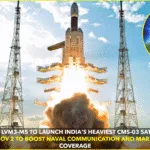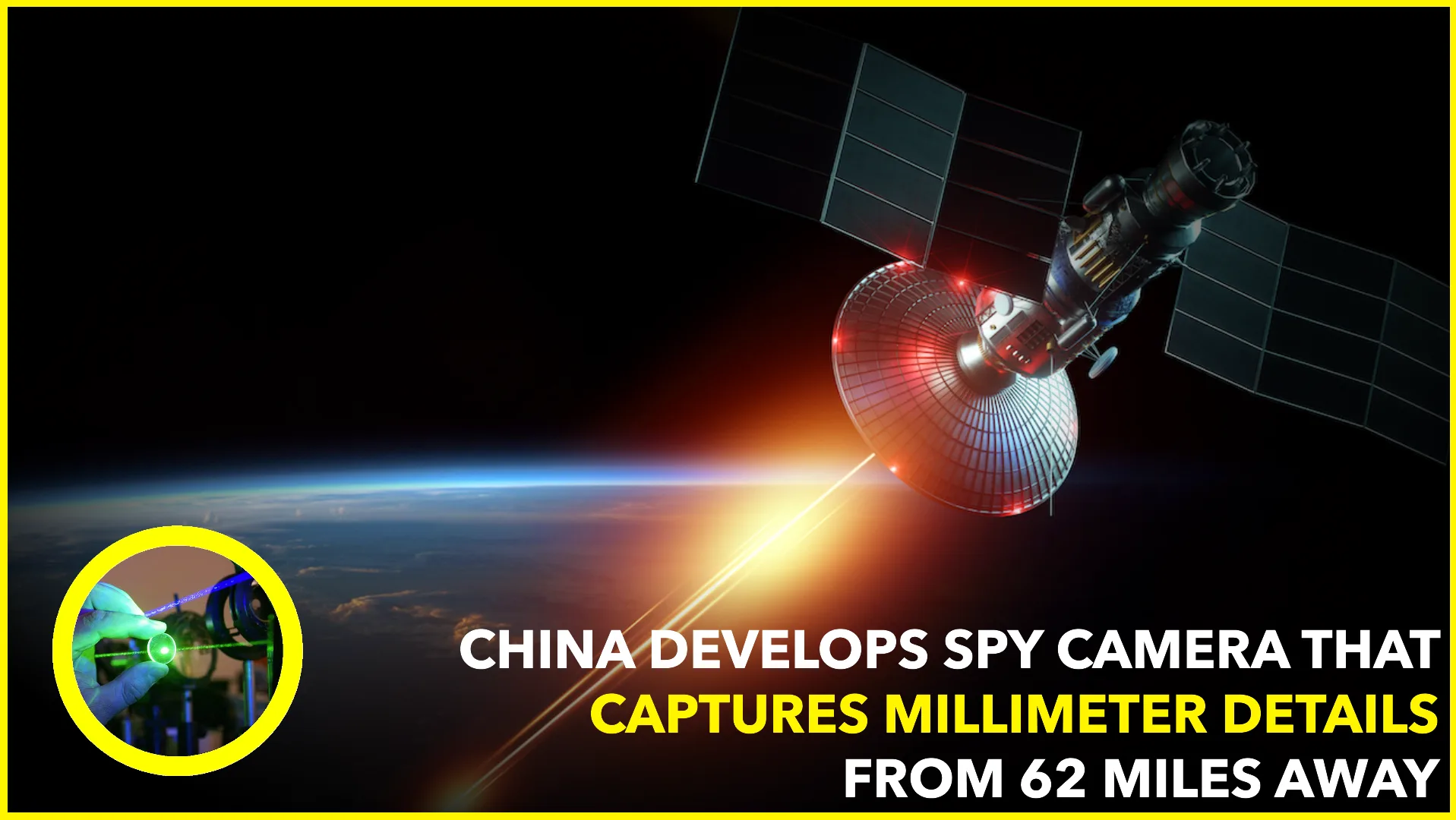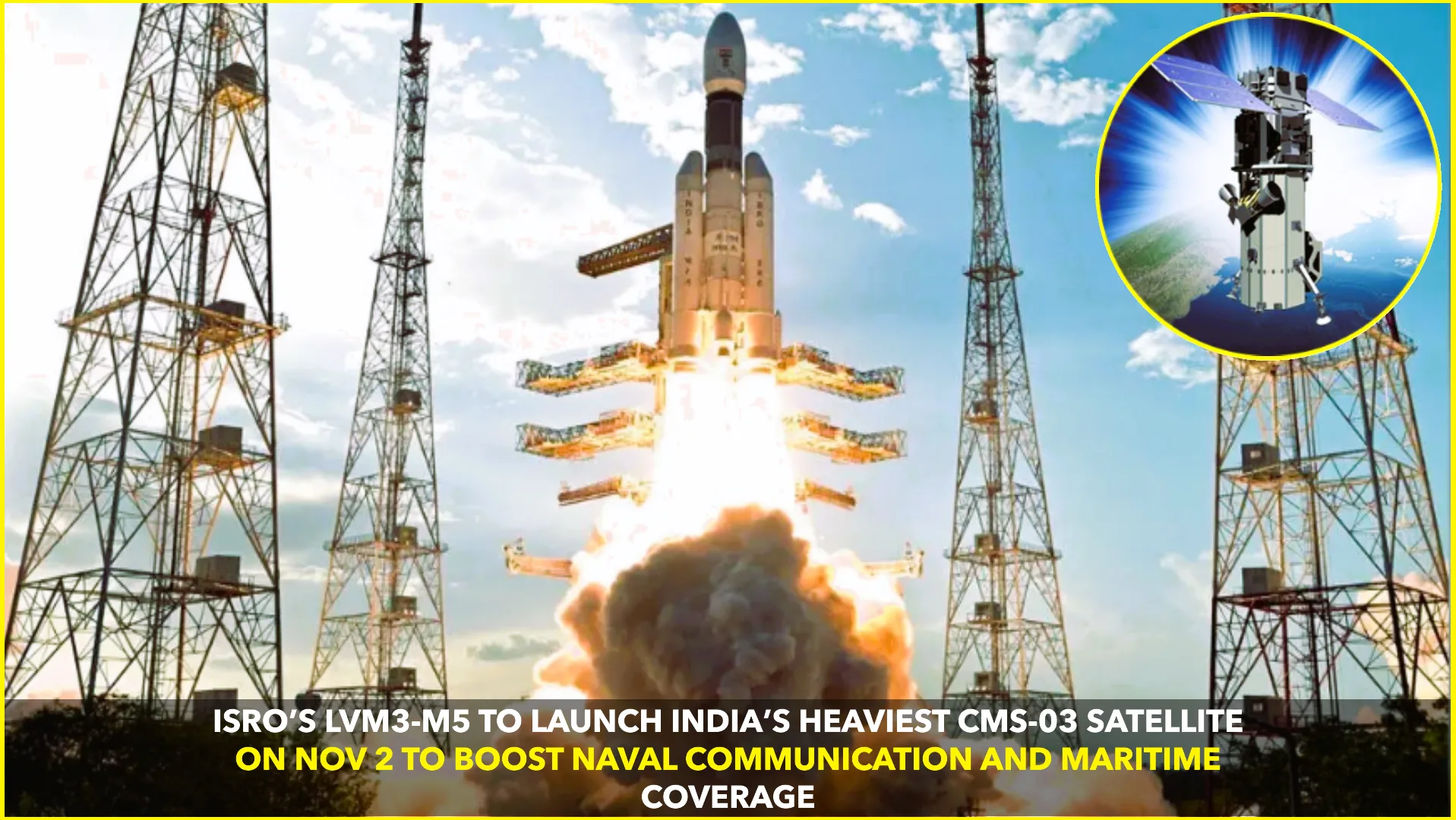Chinese scientists have unveiled a laser-based surveillance system capable of capturing millimeter-level details from a distance of over 100 kilometers (62 miles). This technological leap, achieved by the Chinese Academy of Sciences’ Aerospace Information Research Institute, promises to redefine the parameters of long-range imaging and surveillance.
Unprecedented Imaging Capabilities
During field tests conducted at Qinghai Lake in northwest China, the synthetic aperture lidar (SAL) system demonstrated its remarkable prowess. Positioned on the lake’s northern shore, the device successfully imaged reflective prism arrays situated 101.8 kilometers away. The system was able to discern details as minute as 1.7 millimeters (approximately 1/16 inch) and measure distances with an accuracy of 15.6 millimeters (about 5/8 inch). This level of precision is reported to be 100 times finer than that of current leading spy cameras and lens-based telescopes.
Technological Innovations Driving the System
The SAL system’s exceptional performance is attributed to several cutting-edge innovations:
- Enhanced Optical Aperture: The system employs a 4×4 micro-lens array, expanding its optical aperture from 17.2 millimeters to 68.8 millimeters. This design balances a wide field of view with high-resolution imaging.
- Advanced Laser Module: Utilizing a specialized laser module, the system emits “chirped” laser signals with frequencies exceeding 10 gigahertz. This facilitates ultra-precise range resolution, enabling the detection of fine details over vast distances.
- Real-Time Digital Processing: The integration of real-time digital processing allows the system to handle and analyze massive data streams efficiently, ensuring rapid and accurate image reconstruction.
Potential Applications and Strategic Implications
The capabilities of this laser-based surveillance system extend beyond terrestrial observation. Experts suggest that, if deployed in low Earth orbit, the technology could potentially identify human facial features from space. This would enable detailed monitoring of foreign military assets, including the ability to read serial numbers on satellites or detect micrometeoroid damage on spacecraft.
A Beijing-based imaging scientist highlighted the system’s potential, stating, “This isn’t just about seeing a satellite—it’s about reading its serial numbers.” Such precision could provide strategic advantages in space-based surveillance and reconnaissance, allowing for the identification of specific sensor payloads and assessment of satellite conditions.
Challenges and Future Development
Despite its groundbreaking capabilities, the SAL system faces several challenges that need to be addressed for practical deployment:
- Atmospheric Interference: The quality of laser imaging is highly susceptible to atmospheric conditions. Factors such as cloud cover, humidity, and air turbulence can significantly degrade image clarity.
- Tracking Moving Targets: Currently, the system has not demonstrated the ability to effectively monitor moving objects. Achieving this would require advancements in mechanical precision and real-time adaptive tracking algorithms.
- Weather Dependency: Optimal performance of the system is contingent on clear weather conditions. Inclement weather can obstruct laser paths and impede data acquisition. interestingengineering.com
Conclusion
The development of this ultra-powerful laser-based surveillance system marks a significant milestone in the field of long-range imaging. Its ability to capture minute details from unprecedented distances opens new avenues for military reconnaissance, satellite monitoring, and potentially civilian applications such as environmental observation and disaster management. As researchers work to overcome existing challenges, this technology stands poised to transform the landscape of global surveillance and strategic intelligence.










